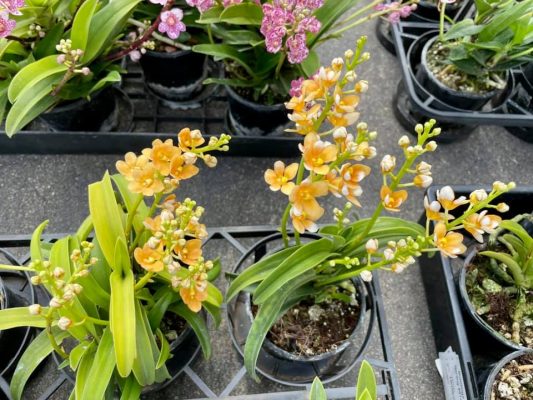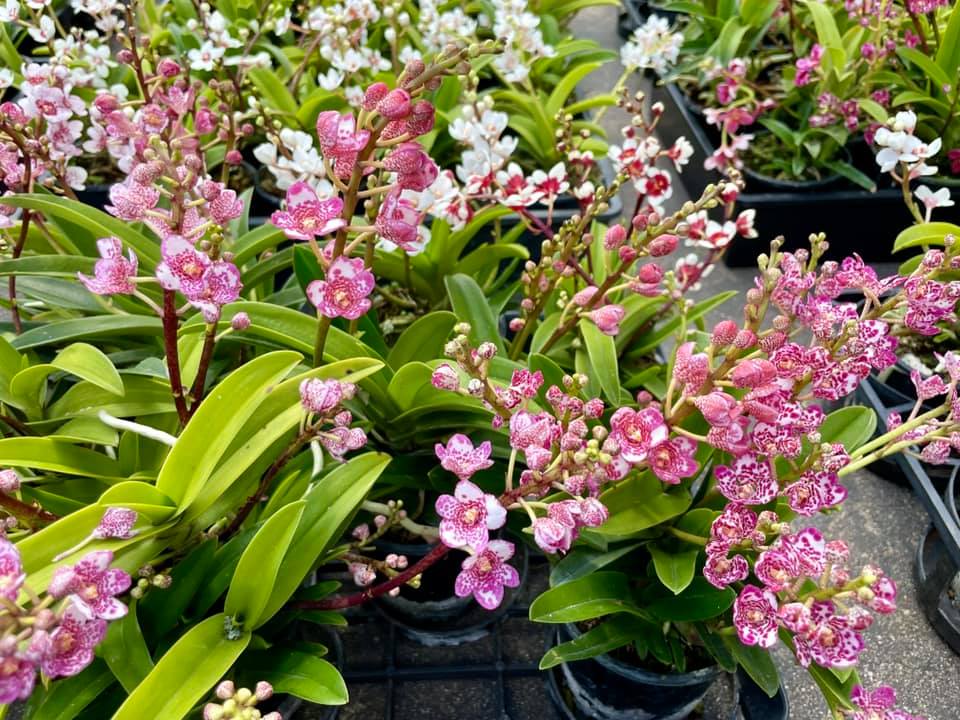Flower Facts
What is Sarcochilus Orchids?
Sarcochilus Orchids – What is it?
The Sarcochilus orchid species are members of the family Orchidaceae, which is made up of around 27,000 different species. Of these, there are about 1800 endemic to Australia. Even though many are epiphytic or lithophytic depending on the species, they all have two things in common: they are pollinated by insects and their flowers last just one day.
Sarcochilus ceciliae will take more light than some and the fascinating Sarcochilus hillii with its small intricate flowers is worth a look. And of course the hybrids, readily available for sale.
These small, cool-growing plants are neither as difficult nor as expensive to grow as many other types of orchids. They can be found in a variety of colors and flower sizes, ranging from the more commonplace white with a yellow lip to more unusual colors such as pink or orange.

How to take care of Sarcochilus Orchids?
Sarcochilus orchid care is not so different from other types of orchids. It’s just that this plant needs a little more attention. This guide will show you how to take care of a Sarcochilus orchid, which is a type of Cymbidium hybrid.
Watering should be regular, but not too wet. Less water in winter and more in summer. A good flush every month or so will help remove salt buildup common with most fertilizers.
Temperature – A range from 8~28 degrees Celsius is best for this species. You might need to add more moisture in warmer periods to prevent the soil from drying out, and if it does become cooler, make sure the soil cannot freeze. This plant typically grows in areas with minimal temperature fluctuations like those surrounding Australian rain forests, so this is also consideration you will need to think
To help prevent fungal disease, you need to regularly maintain the air flow in the space that your pets spend most time in.
Humidity – There’s a couple different types of orchids that thrive in a misty environment. One option is to set up a saucer with pebbles, and to keep the pot above the water.
Repotting – Generally, you’ll need to repot your plant every 2-3 years, when the plant is well established. Dead or damaged roots need to be removed, as well as old flower spikes when repotting occurs.
Fertiliser – One of the best methods of fertilising your garden is to use a slow release type fertiliser. You can also use diluted liquid fertilisers (approx 1/4 strength) once each week during the growing season, and then once every 4 weeks in winter. Alternatively, you can cover your flower beds with mulch which gradually breaks down over time. Once a month, remember to flush out your pot with some clean water in order to remove any excess salt from the previous 21 days.
Many new hybrids have emerged in recent years. In many instances, they show hybrid vigor and are easier to grow than the parent species. Take a look at our Orchids Flower Store and pick one you like.

